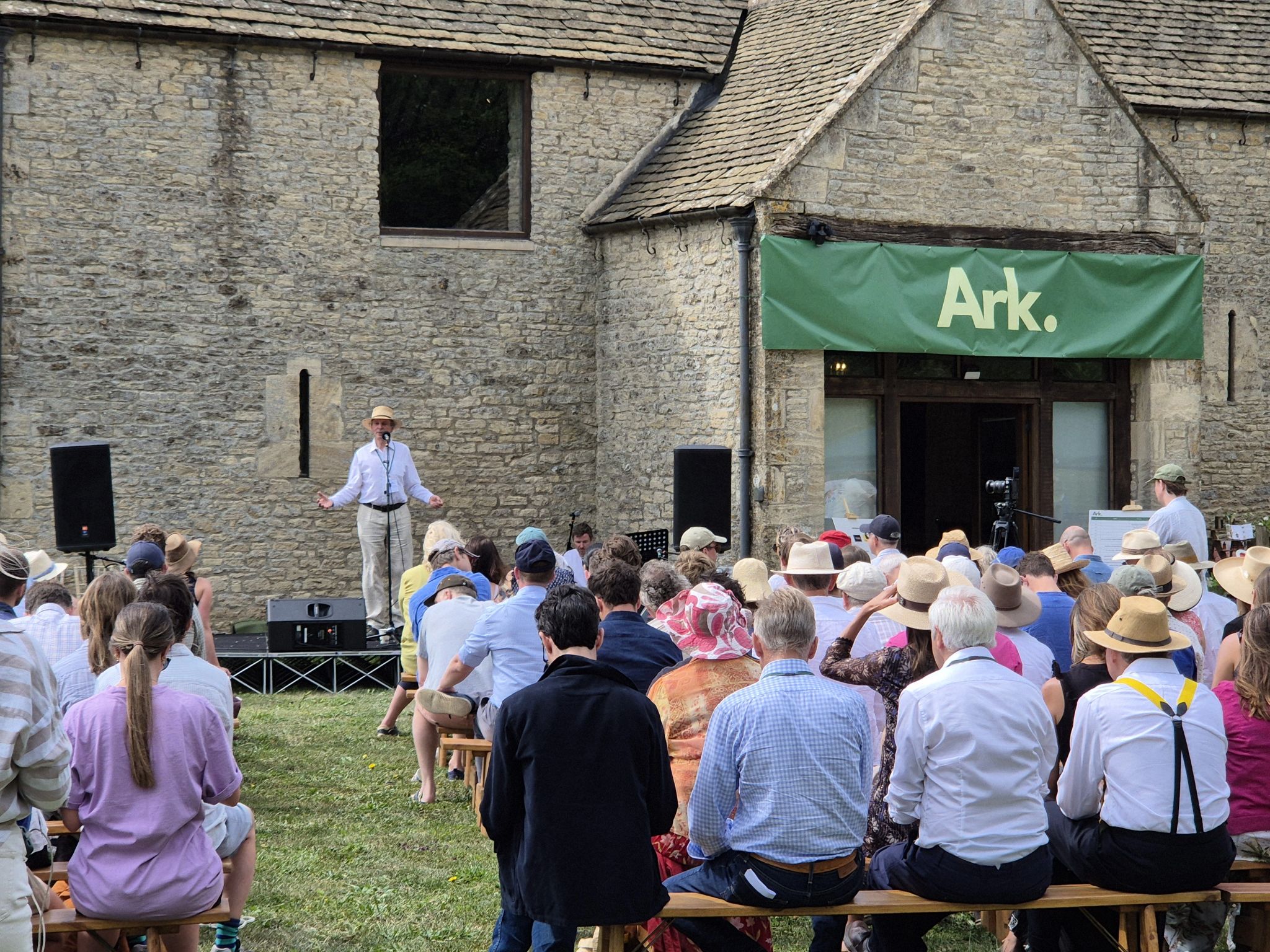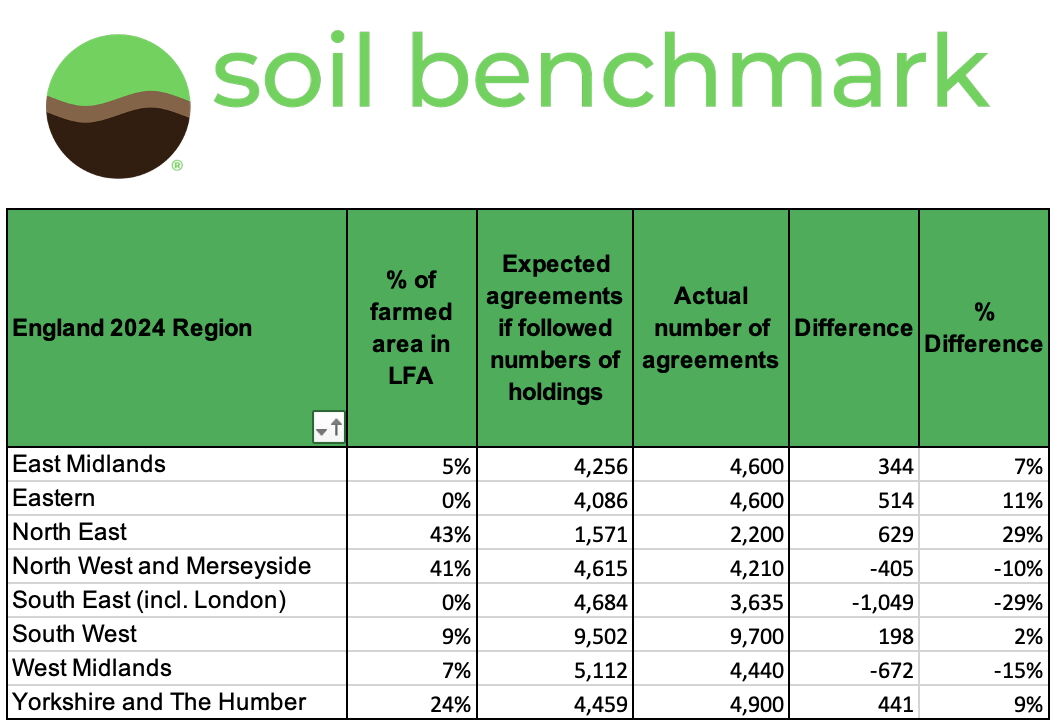Interesting piece from George Eustice (https://www.linkedin.com/posts/rt-hon-george-eustice-533214258_although-a-hot-day-there-was-a-refreshingly-activity-7342282185862774784-CBTT), reflecting on the future of the Sustainable Farming Incentive (SFI). For those not following the twists and turns of farming policy as nerdily as me 😂 here’s a quick explainer:
SFI is the government scheme paying farmers to manage land more sustainably. It was paused for ‘tweaking’ this spring after using up its allocated budget, with just ⅓ of English farms signed up.
Last week’s spending review confirmed the overall budget is safe — but how SFI is reshaped is still up for grabs.
George is well placed to reflect: 6 years from 2013 as farming minister, 2 more as DEFRA Secretary, and a big role in designing the shift from old EU-style land-based subsidies to this “public money for public goods” approach. He also comes from a Cornish farming family.
He urges government not to retreat into only funding “protected site” projects. SFI, he argues, is rooted in decades of evidence and already showing promise — but it needs patience. He warns against expecting instant results and calls for sticking with broad, landscape-scale actions like cover crops. He also challenges the idea that there’s “no evidence” SFI is working — and argues we need to let it bed in.
I agree. On my Nuffield Farming Scholarships Trust travels, I’ve met farmers across Europe who are jealous of SFI — especially its flexibility and how it supports practical change. It’s clearly helping many UK farmers rethink their approach.
That said, some tweaks are needed. The management payment helped drive early uptake but may not be needed now. And IPM1 — a long questionnaire walking through pesticide alternatives — hasn’t worked well. Most advisors say it’s often a tick box exercise. That doesn’t mean scrap it, but it needs rethinking. Requiring mapped or visual elements could help spark more meaningful conversations?
Because that’s where SFI plans have real value: they start conversations. We hear this time and again from users of Soil Benchmark. Our Soil Management Plans don’t just tick the SAM1 box. Really intuitive, easy to understand soil maps or runoff risk maps help advisors and farmers actually start a conversation about what’s happening. A spreadsheet can’t do that. Same story for Land App's Healthy Hedgerows tool which helps visualise what needs to be done for hedges, as well as ticking the box for HRW1.
These plans are also building a national dataset. 25,000 farms are sampling organic matter for SAM1 — building a baseline that could show what’s working and helping Steve Reed&Daniel Zeichner justify SFI to Treasury if its just given time.
DEFRA also need to make sure all farmers who want to join can. That may mean lower payment rates for some actions so there’s more to go around. And it may mean new options designed specifically for hill farms (👀 Julia), who’ve been underrepresented so far (most uptake to date is lowland farms).
Now’s the time to refine SFI, not rip it up.
👇 Is SFI working? What do you think should happen?
Interesting piece from George Eustice on the future of SFI

Click here to view original post on LinkedIn.




